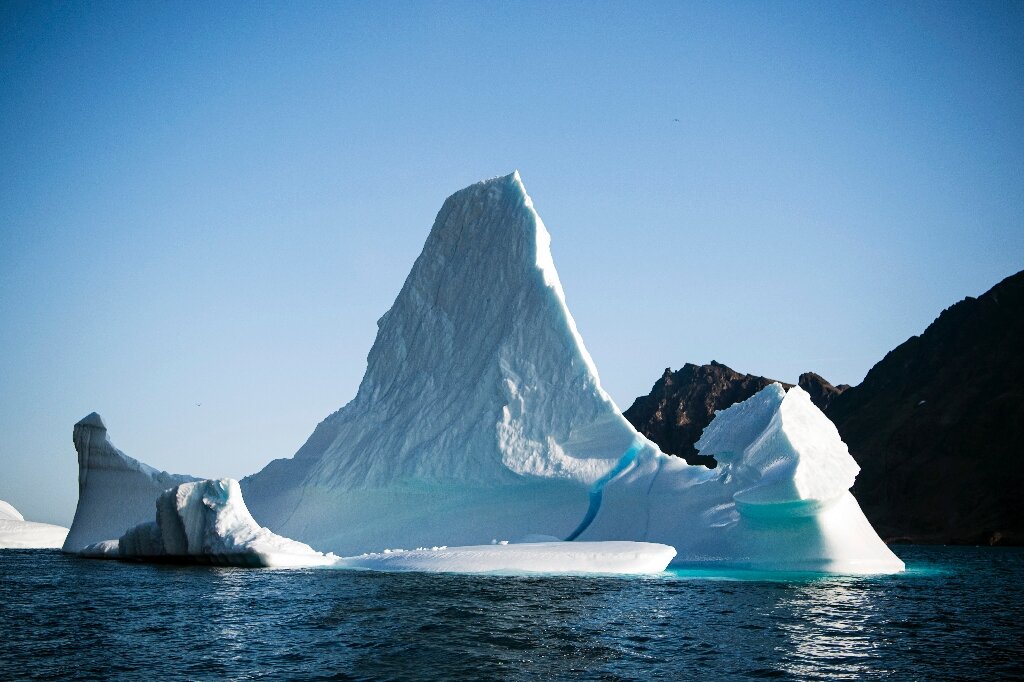World’s largest iceberg ‘A-76’ breaks off Antarctica: ESA
The world’s largest iceberg has broken off from an ice shelf in Antarctica and is moving through the Weddell Sea, according to the European Space Agency (ESA) on Wednesday.

The world’s largest iceberg has broken off from an ice shelf in Antarctica and is moving through the Weddell Sea, according to the European Space Agency (ESA) on Wednesday.
Known as ‘A-76’ and roughly the shape of Manhattan (most densely populated borough of New York) but over 70 times bigger, it was captured on satellite images and is presently the ‘largest berg’ in the world, as stated by the ESA.
The iceberg is almost 170 kilometres long and 25 kilometres wide, and its area is 4,320 square kilometres.
The berg was originally marked by the British Antarctic Survey and confirmed by images from the Copernicus satellite. It broke off the western side of the Ronne Ice Shelf.
Before this, the world’s largest iceberg was A-23A about 3,880 sq km in size, which is also in the Weddell Sea.
Another iceberg, A68a, which broken off from the Larsen Ice Shelf, has melted faster than any other part of Earth’s southernmost continent. It was 160 kilometres long and 48 kilometres wide but broke apart before it could damage the abundant wildlife in the British Overseas Territory of South Georgia.
Earth’s average surface temperature has raised by one degree Celsius since the 19th century, which can increase the intensity of droughts, heatwaves and tropical cyclones. But Antarctica’s air has warmed more than twice.
Major portions of the Peninsula’s Larsen Ice Shelf which remain stable for over 10,000 years were broke off within days in 1995, and again in 2002. After that, Wilkins Ice Shelf disintegrated in 2008 and 2009.
According to earlier research, a process known as ‘hydrofracturing’ was expected to be the ‘main culprit’ in both cases.
Hydrofracturing occurs when water pours through cracks in the surface of ice shelves, due to surface warming, pushing the fractures to open, causing an iceberg to break off.
Read more: At Least 24 Dead, 100 Missing As Cyclone Tauktae Hits Covid-Affected India
Icebergs are traditionally named following the Antarctic quadrant in which they were originally detected, then a sequential number is added. If they break apart, letters are added further to differentiate.








